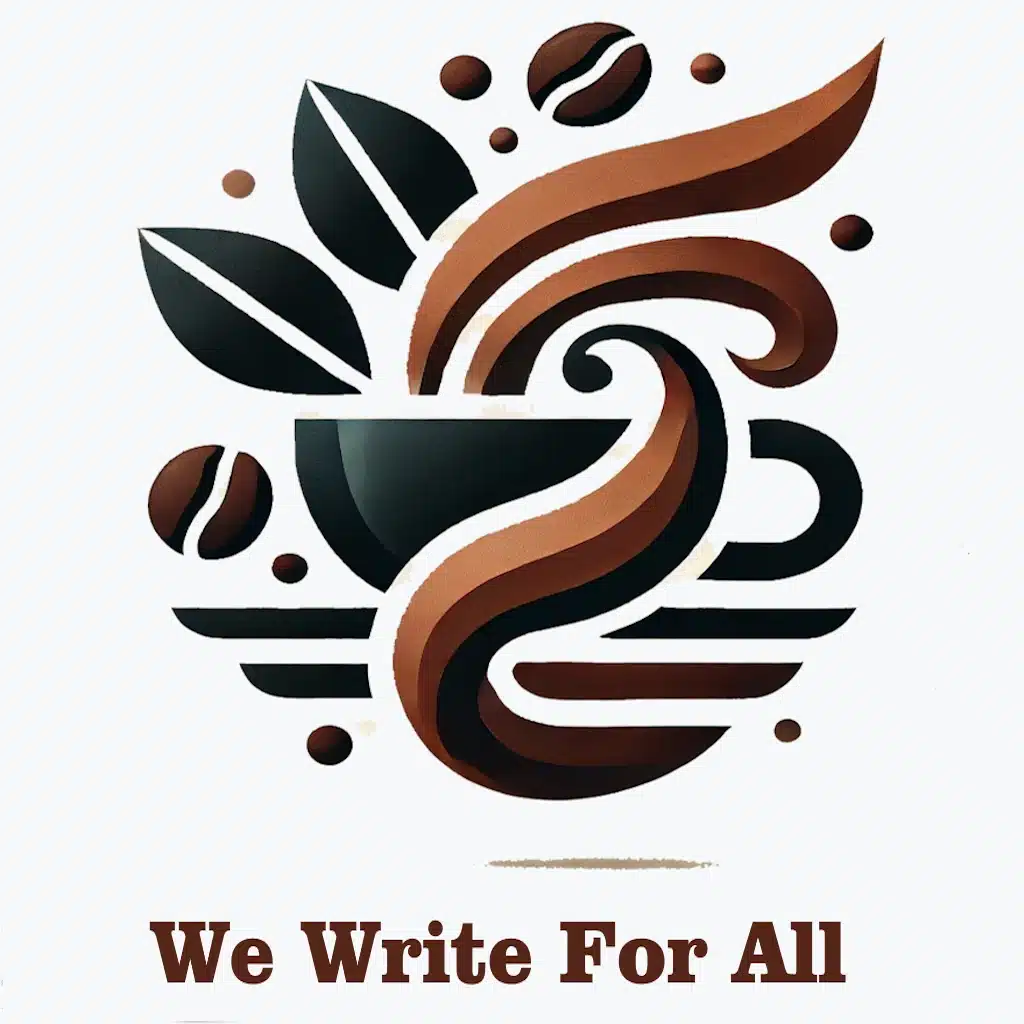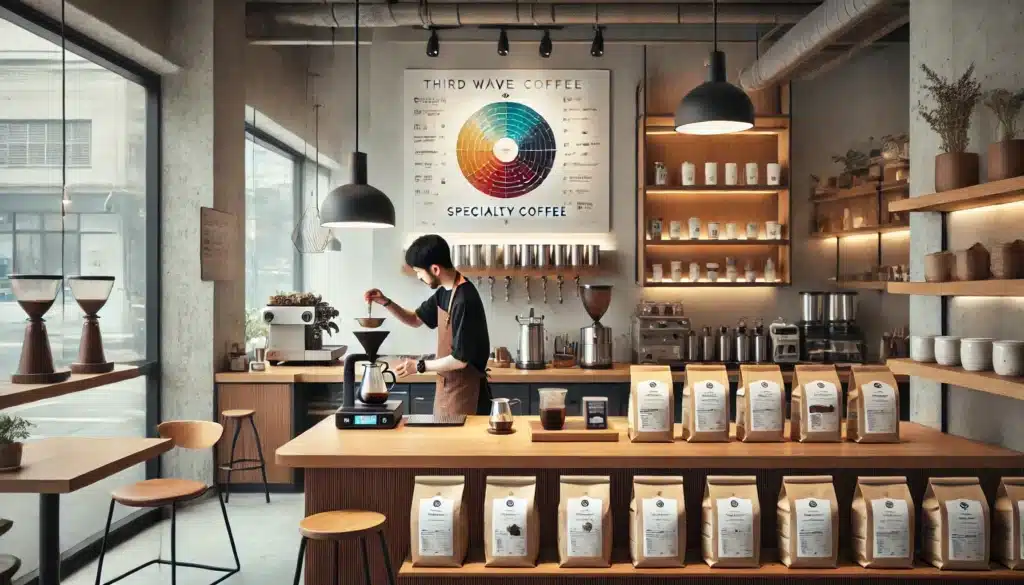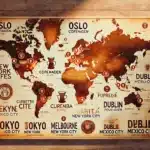If you’ve ever walked into a minimalist café, seen a barista using a scale and pour-over dripper, or tasted a coffee that reminded you of blueberries or jasmine — you’ve likely experienced the third wave of coffee.
But what is third wave coffee, and why is it transforming how the world grows, brews, and drinks coffee? In this article, we explore the movement that turned a humble cup into a specialty experience.
1. Understanding the “Waves” of Coffee
Coffee culture has evolved in three major waves:
- First wave: Mass consumption and convenience (e.g., instant coffee, diner brews)
- Second wave: Rise of cafés and espresso culture (e.g., Starbucks, latte art)
- Third wave: Focus on quality, origin, and craftsmanship
Third wave coffee is all about treating coffee as an artisanal product — not a commodity.
2. A Focus on Quality and Craft
Third wave coffee prioritizes:
- High-quality beans (often single-origin or microlot)
- Light roasting to preserve natural flavors
- Precision brewing methods like pour-over, siphon, AeroPress, and espresso
The goal is to highlight the unique taste of the coffee, not to mask it.
3. Transparency from Farm to Cup
One of the movement’s core values is traceability.
This means:
- Knowing the farm and region where the beans were grown
- Understanding the processing method (washed, natural, honey)
- Supporting ethical sourcing and fair compensation for producers
Transparency builds trust — and deepens appreciation.
4. Coffee as a Sensory Experience
Third wave cafés often approach coffee like sommeliers approach wine.
They emphasize:
- Aroma, acidity, body, and sweetness
- Descriptive flavor notes (e.g., peach, honey, jasmine)
- Tasting experiences through cuppings and slow brews
Every cup tells a story — and invites mindful enjoyment.
5. The Rise of Specialty Coffee Shops
Independent cafés around the world now focus on:
- Artisan brewing
- Minimalist design
- Barista education and training
These shops value coffee education as much as hospitality, turning cafés into community hubs for enthusiasts.
6. Innovation in Roasting and Brewing
Third wave roasters and baristas experiment constantly:
- Roast profiles are tailored to bean origin and process
- Manual brewing techniques extract different flavor notes
- Some cafés use smart scales, grinders, and water filters to refine every detail
Science and artistry work hand-in-hand to create the perfect cup.
7. Consumer Involvement and Curiosity
Third wave coffee empowers the drinker to:
- Ask where the coffee came from
- Understand how it’s roasted and brewed
- Participate in the tasting process
This curiosity fuels a more sustainable and informed market.
8. Global Influence and Expansion
What started in cities like Portland, Melbourne, and Copenhagen has now spread to:
- Latin America (reviving local coffee pride)
- Asia (blending tradition with innovation)
- Africa (showcasing native beans with local roasters)
Third wave coffee is now a global movement, adapting to regional cultures while promoting global quality.
9. Challenges and Criticisms
The movement isn’t without critics. Common concerns include:
- High prices
- Perceived elitism
- The risk of excluding traditional coffee cultures
However, many third wave leaders are working to make specialty coffee more inclusive and accessible.
10. The Future of Coffee Culture
Third wave coffee has reshaped expectations for what coffee can be — and there’s more to come.
We can expect:
- Even more transparency and direct trade
- Emphasis on sustainability and climate resilience
- New hybrids of tradition and innovation in brewing and service
The third wave may just be the beginning of a more conscious, connected coffee world.
Final Thoughts: More Than Just a Cup
Third wave coffee is not about snobbery — it’s about appreciation. By valuing every step from seed to cup, we create a better experience for farmers, baristas, and drinkers alike.
So next time you sip a bright Ethiopian pour-over or a natural-process Brazilian espresso, know that you’re tasting part of a global story — one that’s still being written.







